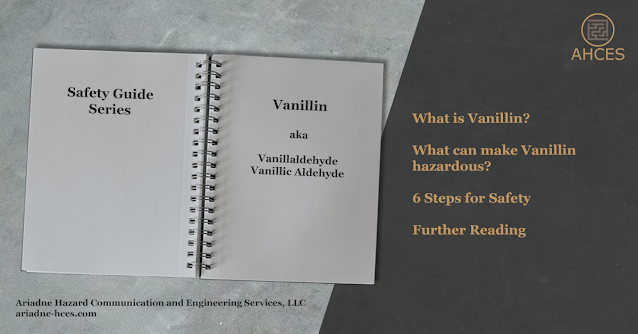DOT Hazmat Emergency Response Information Guide

Emergency Response Information is important for the transportation of hazardous materials, as it ensures that emergency response personnel have the correct information on how to respond to an accident. For some materials, specific personal protective equipment or fire extinguishing material is needed for safe accident response. It is the duty of the party shipping the hazardous material to appropriately relay this emergency response information. What is Emergency Response Information for Hazardous Material Shipping? Emergency response information, in the context of a hazardous material shipment, is the information that needs to be readily available to emergency response personnel in the event of an accident involving the hazardous material. This includes technical information about the hazardous material, an emergency response telephone number, and carrier information contact. The full text of the requirements can be found in 49 CFR Part 172 Subpart G . Emergency Re...



